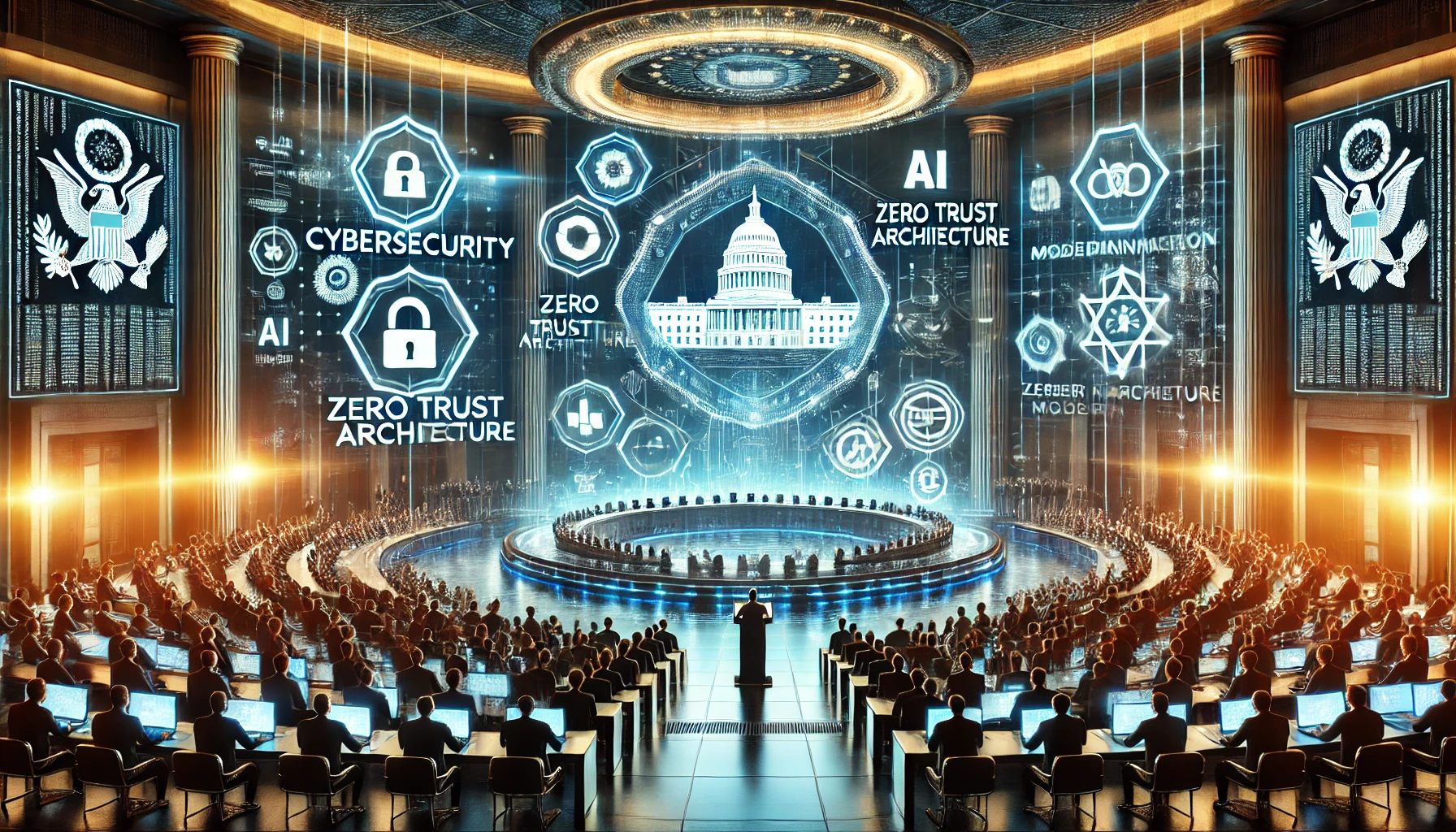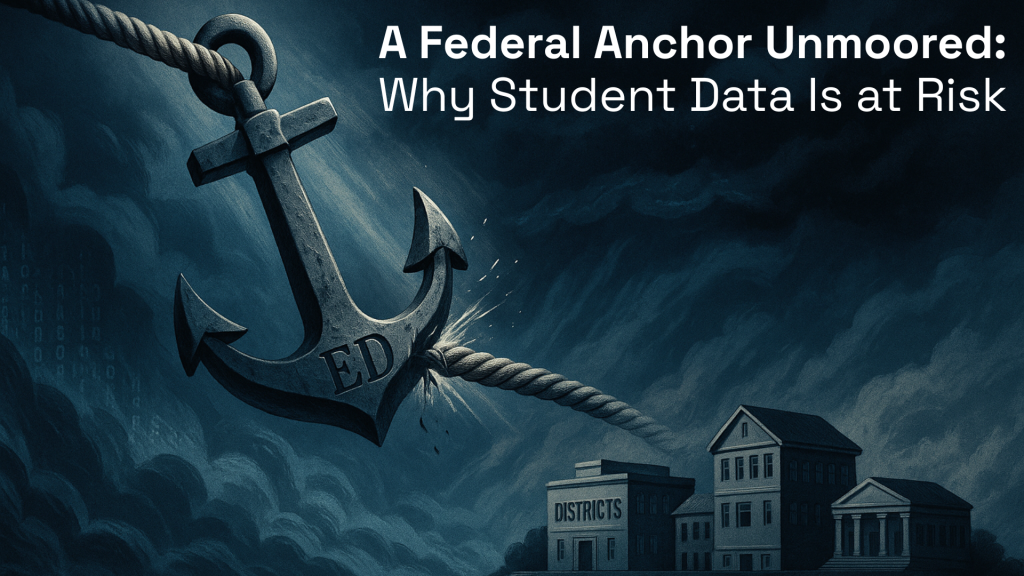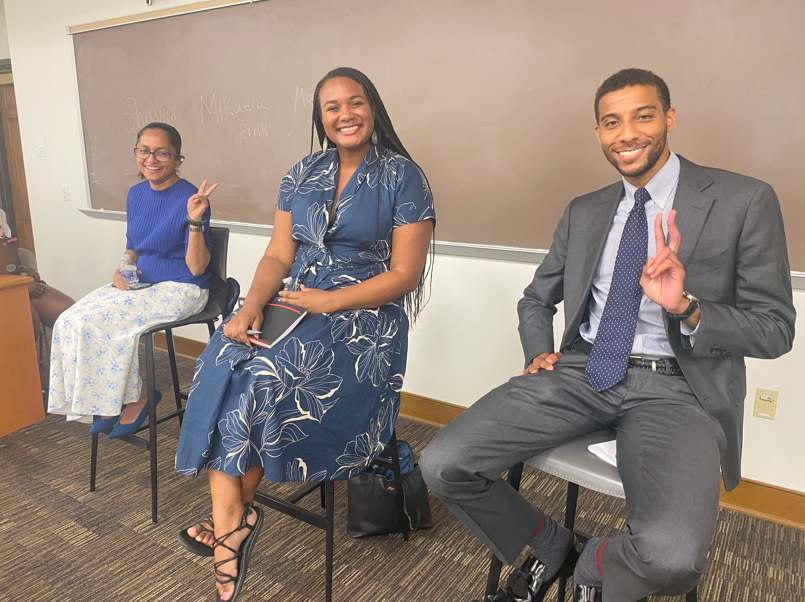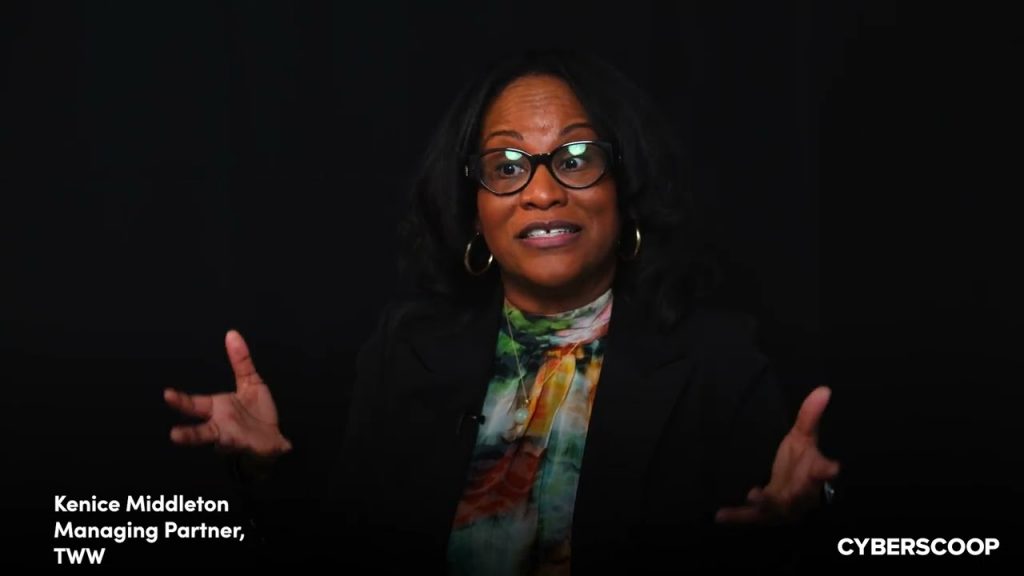The OpenText Government Summit at the Ronald Reagan Building in Washington, D.C., brought together cybersecurity experts, policymakers, and IT leaders to discuss the evolving landscape of security, AI integration, and data management in the federal space. The conversation underscored the critical role of Zero Trust, the implications of AI-driven decision-making, and the future of public-private collaboration in cybersecurity.
MITRE’s Open Source Attack Framework: A New Era of Cyber Threat Modeling
One of the standout discussions revolved around MITRE’s Open-Source Attack Framework, which aims to standardize attack samples as real-world use cases. With the rise of deep fake audio, video, and images, the threat landscape is widening, making it imperative to rethink how security teams defend against sophisticated cyber threats. Experts warned that while discussions often shift from “cloud” to “AI,” the fundamentals of security remain unchanged—protecting critical data, securing infrastructures, and educating stakeholders on attack surfaces.
AI Security & The Role of Human Oversight
As artificial intelligence continues to transform cybersecurity, organizations must strike a careful balance between automation and human oversight. AI-driven tools enhance threat detection, streamline decision-making, and optimize security operations, but they also introduce new challenges in governance, ethics, and risk management. While AI has the potential to revolutionize cyber defense, experts agree that we are not yet ready for General AI—the technology is still evolving, and unchecked AI-versus-AI scenarios present significant concerns.
Key takeaways included:
- The importance of properly labeling and tagging data to mitigate AI-driven cyber threats.
- Ensuring a human remains in the loop, particularly for mission-critical decision-making.
- Balancing AI adoption with responsible stewardship of open-source technology tools.
With AI playing an increasingly prominent role in security operations, organizations must prioritize human-AI collaboration to maintain control, accountability, and strategic oversight in their cybersecurity frameworks.
Navigating FedRAMP, Cloud Innovations, and Cyber Hygiene
As government agencies continue their push towards cloud infrastructure, the discussion focused on navigating FedRAMP compliance and leveraging cloud innovations to enhance information management. Notable trends include:
- Agility & Infrastructure as Code – The federal space is moving towards rapid deployment and hyperscale capabilities, shifting away from traditional patching methodologies.
- Technicians of the Future – IT professionals will need broad skillsets, serving as jack-of-all-trades across multiple disciplines.
- Cyber Hygiene – Understanding IT inventory and streamlining networks remain top priorities for improving security posture and information management.
With examples of successful Zero Trust adoption coming from projects like the DoD’s Flank Speed, other agencies are working towards network consolidations and reducing legacy system dependencies.
Zero Trust as a Governance Mandate
A recurring theme was the role of Zero Trust in shaping the future of government security. Agencies are conducting cyber assessments to determine where they stand and what improvements are needed based on evolving threats. As the government processes massive amounts of data—including taxes, healthcare records, social security numbers, and warfighting intelligence—modernization is essential.
Key discussions centered on:
- The cost-effectiveness of Zero Trust implementation without compromising customer service in government agencies.
- Making Zero Trust training more accessible for everyday employees to improve adoption.
- Strengthening public-private partnerships to quantify success stories and showcase measurable impacts.
Addressing “Shadow IT” and Workforce Modernization
Government agencies must embrace centralized IT governance, workforce development, and vendor accountability to ensure security and efficiency in an increasingly complex digital landscape. Modernization efforts require a workforce that is not only equipped to manage emerging technologies but also empowered to drive transformation from within. Encouraging employees to experiment with and adapt to new tools—while maintaining security best practices—is critical to reducing costs and future-proofing IT operations.
However, the rise of “Shadow IT“—unvetted software and applications—poses a growing risk, making it essential for agencies to implement strong governance frameworks that balance flexibility with security. With legacy workforce retirements and a shortage of cybersecurity talent, agencies must invest in training, retention, and upskilling initiatives to build resilient teams capable of sustaining modernization efforts. Organizational change management must also play a key role, ensuring employees have the tools, knowledge, and authority to lead secure and efficient IT practices.
The Total Citizen Experience & Future of Cyber Resilience
One of the most forward-looking conversations centered on the Total Citizen Experience—ensuring that government services seamlessly integrate front-end and back-end technologies. As agencies move from data centers to cloud solutions, the focus remains on:
- Improving user experience (UX) through better interoperability and data architecture.
- Centralizing digital asset management to create a more streamlined citizen experience.
- Embedding cybersecurity into system development, making it a foundational component rather than an afterthought.
Final Thoughts: Actionable Insights for AI & Cybersecurity Policy
The event concluded with a call to action: read NIST’s concept paper on actionable insights and engage policymakers in shaping the future of cybersecurity standards. As AI, Zero Trust, and cyber resilience become defining pillars of the next decade in government technology, agencies must focus on modernization, workforce development, and strong public-private collaboration to ensure long-term security and operational success.
Assess Your Cybersecurity Posture Today
At TWW, we help organizations navigate this evolving landscape through our Cybersecurity Readiness Assessments. Our team specializes in evaluating your current security posture, identifying vulnerabilities, and providing strategic guidance to strengthen your defenses. Schedule a readiness assessment with us today to ensure your agency or enterprise is prepared for the future of cybersecurity at contact@twwenterprises.com.




